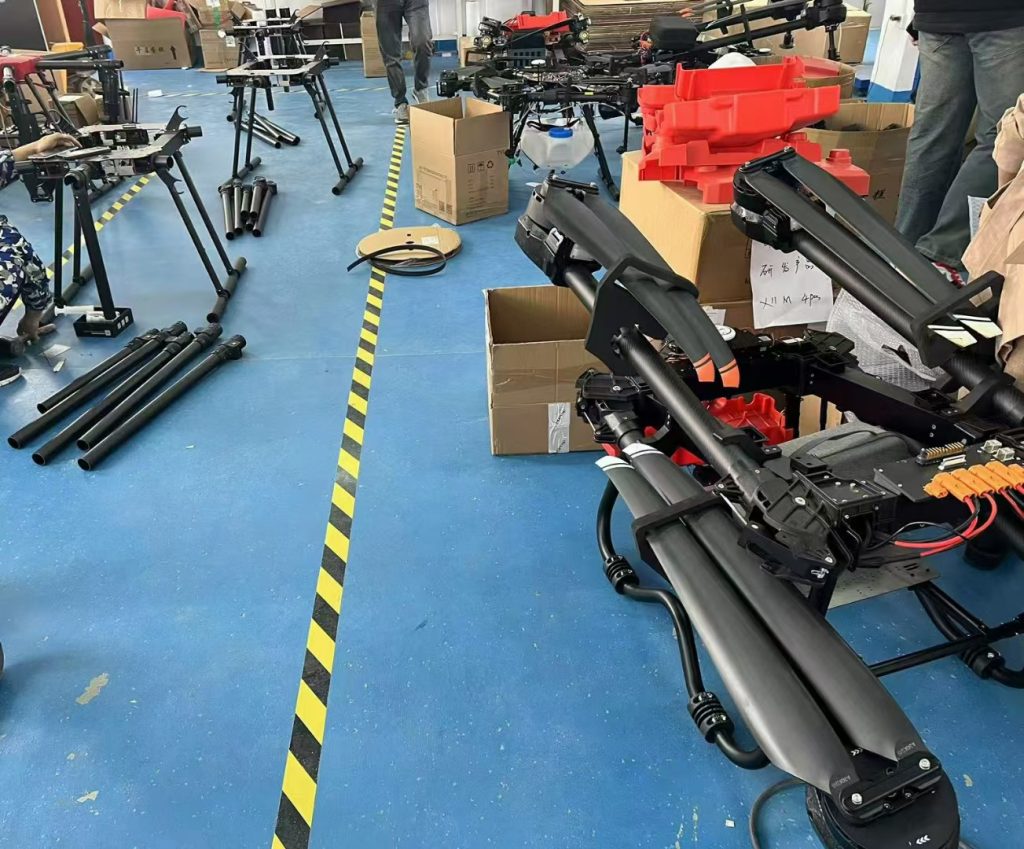
The Future of Farming: How Agricultural Drone Manufacturing is Revolutionizing Crop Management
Introduction: The Rise of Agricultural Drones
As global food demand increases and farming challenges grow more complex, agricultural drone manufacturing has become a key driver of innovation in modern farming. These specialized drones are transforming how farmers monitor crops, apply inputs, and manage large fields with precision and efficiency.
Unlike generic drones, agriculture-specific UAVs (Unmanned Aerial Vehicles) are engineered to handle the unique demands of farming—from crop monitoring and spraying to planting and mapping. With advancements in AI, sensors, and automation, these drones are helping farmers boost yields, reduce costs, and minimize environmental impact.
In this article, we explore how dedicated agricultural drone factories are developing cutting-edge technology to meet the needs of modern agriculture.
Why Agricultural Drones Are Essential for Modern Farming
Traditional farming methods rely heavily on manual labor, guesswork, and broad-application techniques, leading to inefficiencies and waste. Agricultural drones solve these problems by providing:
✅ Precision Crop Monitoring – Multispectral and thermal cameras detect early signs of disease, pests, and nutrient deficiencies before they’re visible to the naked eye.
✅ Efficient Input Application – Drones can spray fertilizers, pesticides, and herbicides with pinpoint accuracy, reducing chemical waste by up to 50%.
✅ Faster Field Surveys – Instead of walking or driving through fields, farmers use drones to map large areas in minutes, saving time and labor.
✅ Data-Driven Decisions – AI-powered drones analyze crop health, soil conditions, and growth patterns, helping farmers make smarter choices.
These benefits explain why agricultural drone manufacturing is booming, with farmers worldwide adopting UAVs to stay competitive.
Key Features of High-Performance Agricultural Drones
Not all drones are built for farming. Specialized agricultural drone factories focus on designing UAVs with features tailored for crop management, including:
1. Advanced Imaging & Sensors
-
Multispectral & Hyperspectral Cameras – Detect plant health by measuring light reflectance in different wavelengths.
-
Thermal Imaging – Identifies water stress and irrigation issues.
-
RGB Cameras – Provide high-resolution field images for detailed analysis.
2. AI & Automation
-
Smart Flight Planning – Drones automatically adjust flight paths based on field size and shape.
-
Real-Time Data Processing – AI algorithms analyze crop conditions instantly, highlighting problem areas.
-
Variable Rate Application (VRA) – Adjusts spraying or seeding rates based on real-time data.
3. Long Flight Time & High Payload Capacity
-
Extended Battery Life – Industrial-grade batteries allow longer missions without frequent recharging.
-
Large Payloads – Some drones carry up to 20L of liquid for spraying or distribute seeds and fertilizers efficiently.
4. Durability & Weather Resistance
-
Rugged Build – Designed to withstand dust, rain, and rough field conditions.
-
IP Ratings – Many drones have water and dust resistance for all-weather operation.
How Agricultural Drone Manufacturers Are Innovating
Leading agricultural drone factories are constantly improving their technology to meet farmer demands. Some of the latest advancements include:
🔹 Swarm Technology – Multiple drones working together to cover large fields faster.
🔹 Autonomous Charging Stations – Drones return to charging pads automatically when needed.
🔹 Integration with Farm Management Software – Drones sync with apps to provide detailed reports and actionable insights.
🔹 Eco-Friendly Solutions – Electric and solar-powered drones reducing carbon footprint.
Benefits for Farmers & Agribusinesses
By adopting agriculture drones, farmers experience:
✔ Higher Crop Yields – Early detection of issues leads to better harvests.
✔ Cost Savings – Reduced labor, water, and chemical usage.
✔ Labor Efficiency – Fewer workers needed for monitoring and spraying.
✔ Sustainability – Precision farming minimizes environmental impact.
The Future of Agricultural Drone Manufacturing
The demand for smart farming drones is only increasing. Future developments may include:
🌾 AI-Powered Predictive Analytics – Forecasting crop diseases and yield potential.
🌾 5G & IoT Integration – Real-time data transmission for instant decision-making.
🌾 Fully Autonomous Farms – Drones working alongside robots for end-to-end crop management.
As agricultural drone manufacturing continues to evolve, these UAVs will play an even bigger role in feeding the world sustainably.
Conclusion: Why Invest in Agricultural Drones?
The future of farming is precision-driven, automated, and data-backed—and agricultural drones are at the forefront of this transformation. By partnering with a specialized drone manufacturer, farmers can access cutting-edge technology that boosts productivity, reduces waste, and ensures long-term sustainability.
Whether you’re a small-scale farmer or managing large commercial fields, agriculture drones are a smart investment for the future.
High-Search-Volume Keywords Included:
-
Agricultural drone manufacturing
-
Farm drones for crop monitoring
-
Precision agriculture UAVs
-
Smart farming drones
-
Agricultural spraying drones
-
AI-powered agricultural drones
-
High-tech farming drones
-
Drone technology for agriculture
-
Best drones for crop management
-
Future of farming with drones
This article is optimized for search engines while providing valuable, original insights for farmers and agribusinesses exploring agricultural drone solutions. 🚁🌾
THE END

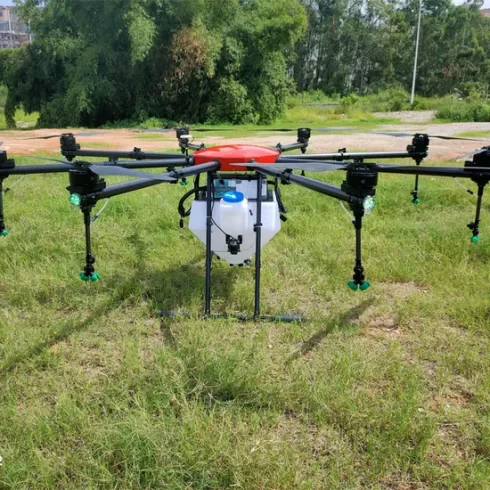
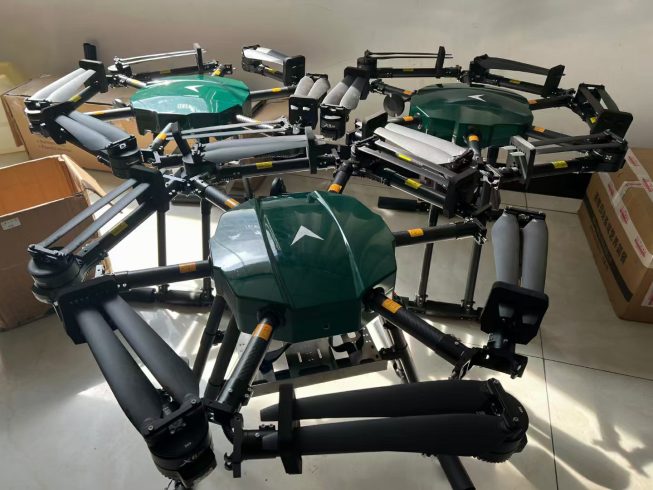
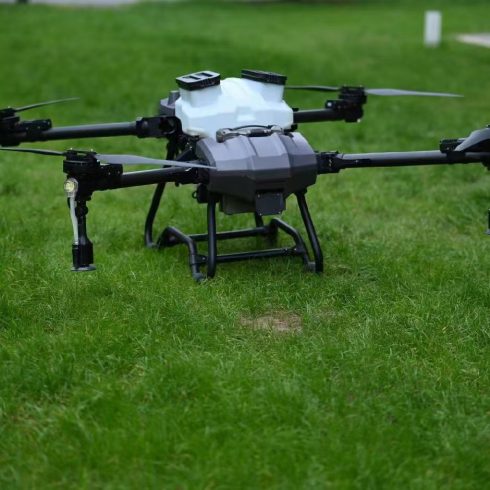
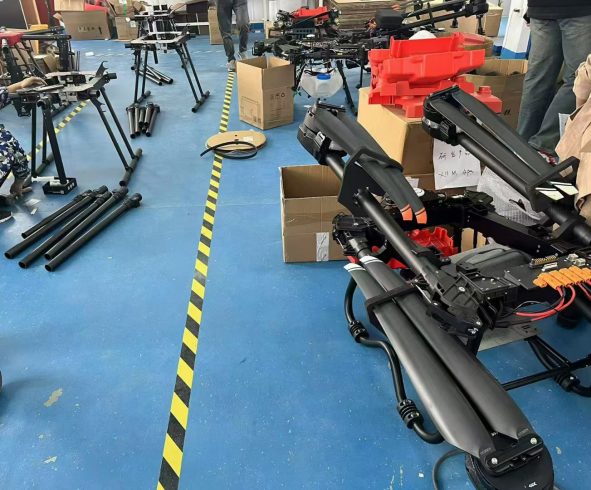
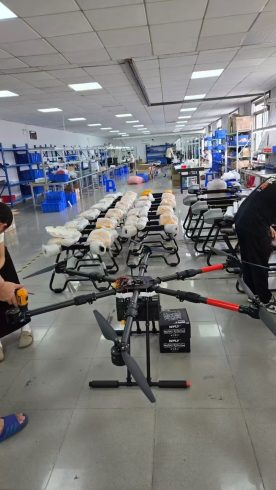
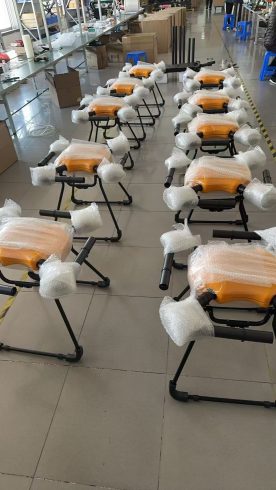


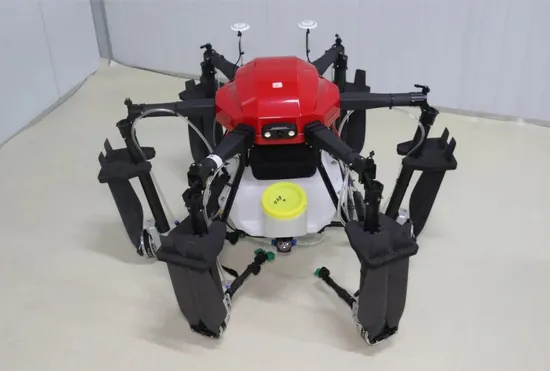
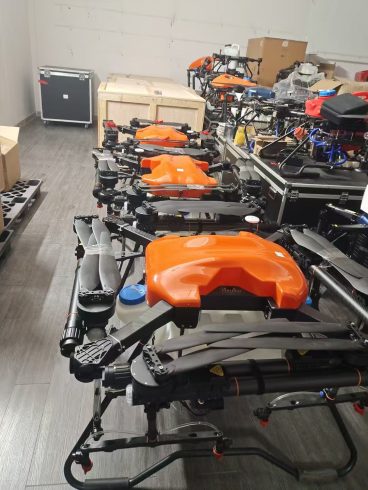

暂无评论内容